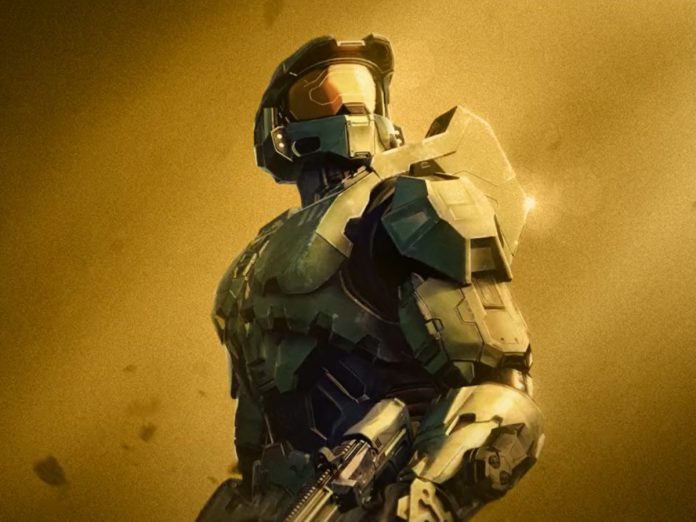In The Lore Explainer, we take a deep look at the lore behind our favorite games, movies, and books, and talk about the story behind them and sum up what you need to know and how you can find out more. With Mantic’s Halo: Flashpoint about to hit like a warthog full of your friends at 3am when you’ve connected up the Xboxes, it’s time to turn to the central figures of the franchise – The Spartans.
When we think about Halo, we think about Spartans. Well, we think about one Spartan – Master Chief Petty Officer John-117. In (nearly) every game, book, movie, TV series and ARG set in the Halo universe, Spartans play a key role as antagonists, player characters and humanity’s last, best hope against the enemies of humanity. For many of us, our first encounter with Spartans came through controlling the Master Chief, but if you’re joining the Halo world for the miniatures game, or you’re just young enough to not have spent a good chunk of your teenage years playing endless Halo 2 multiplayer, Lore Explainer is here to help.
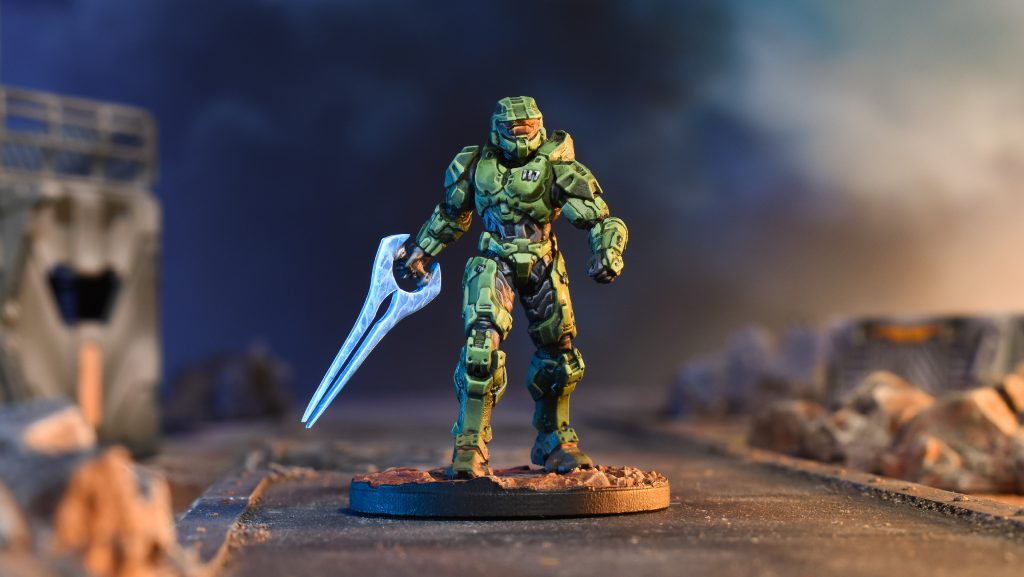
Note: Once again, when we’re talking our-universe stuff as opposed to Halo-universe stuff you’ll see this Note tag. It’s worth noting that like many sci-fi franchises, Halo and the Spartans have grown in fits and starts, with “what X game needs” being far, far more important than “consistent background” or “canon”, and that’s a good thing! We’re going to be talking about the games, books and most of the movies – maybe we’ll update this for the TV show if I ever watch it.
United Nations Space Command
We can’t talk about the Spartans without giving a little potted history of the armed forces they’re meant to be spearheading. Halo is, ostensibly, set in our Universe, and our species has long been a spacefaring one. From early colonisation of the Solar System came unrest and division, leading to the eventual formation of a single Earth Government under the Unified Earth Government (UEG), evolving from and eventually superceding the United Nations by the 22nd century. As humanity spread to the stars in the great Domus Diaspora in the 23rd, the UEG drove efforts to centralise the new, sprawling empire and found that – just in every other case throughout history – to maintain control over hundreds of far-flung colonies – you needed a vast and terrifying amount of force.
The United Nations Space Command (UNSC), initially merely the UN’s spaceborne fleet, quickly grew to be the single largest organisation in human space. By 2450, humanity lived on 900 worlds, governed from Earth and watched over by the fleets of the UNSC. The core worlds exploited the resources of the periphery in a tale as old as history, and out on the periphery, insurrection and rebellion flared under the choke-hold of Earth.
Note: The growth and eventual replacement of the UN by a militarised, spacefaring branch of “peacekeepers” is pretty common in science fiction, and finds a very close parallel in Joe Haldeman’s Forever War and his United Nations Exploratory Force
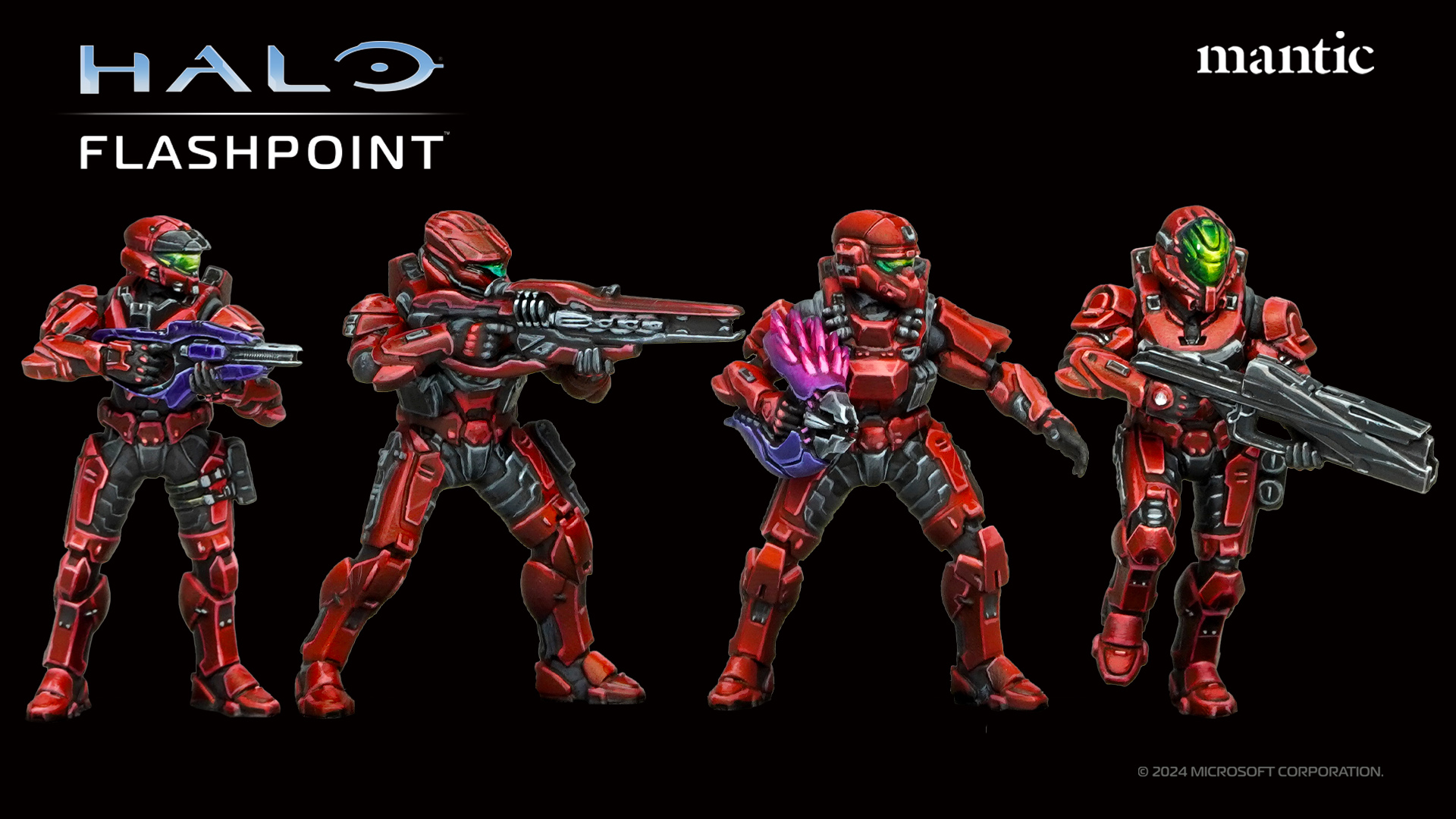
Insurrection
As all the problems of empire reared their heads in the 24th and 25th centuries, violent opposition to the UEG and UNSC began to spread across the colonies. Popular leaders began to turn entire planets and their garrisons against the central colonial administration. Experienced troops from the UNSC and Colonial Authority turned their expertise against the centre, with at first dozens, then hundreds of planets rising in acephalous rebellion, asking to live their own lives and govern themselves for their own benefit. A key briefing document produced by UNSC researchers – the Carver Findings – spelled out a simple, brief projection. Without serious concerted action, the Insurrection would tear the human empire apart.
Cue the Office for Naval Intelligence (ONI). During humanity’s great diaspora, the UNSC’s intelligence-and-general-shady-business arm, ONI, had been experimenting with enhancing elite soldiers through a combination of bio-engineering and indoctrination in order to seed UNSC with ultra-competent, ultra-reliable soldiers. Known as ORION, it was essentially a non-starter, with limited results and a lot of murder to cover up the existence of the project. With the Insurrection spilling out over the human worlds, it was resurrected, with new, more advanced techniques leading to a higher success rate and ORION-enhanced soldiers were deployed across human space to eliminate secessionist leaders, neutralise bases and pacify rebellious planets.
While ORION was a success, severe side effects to the augmentation process emerged and, much worse in the eyes of ONI, some of the ORION soldiers expressed rebel sympathies. The programme was wound down, with the surviving ORION soldiers distributed across the UNSC.
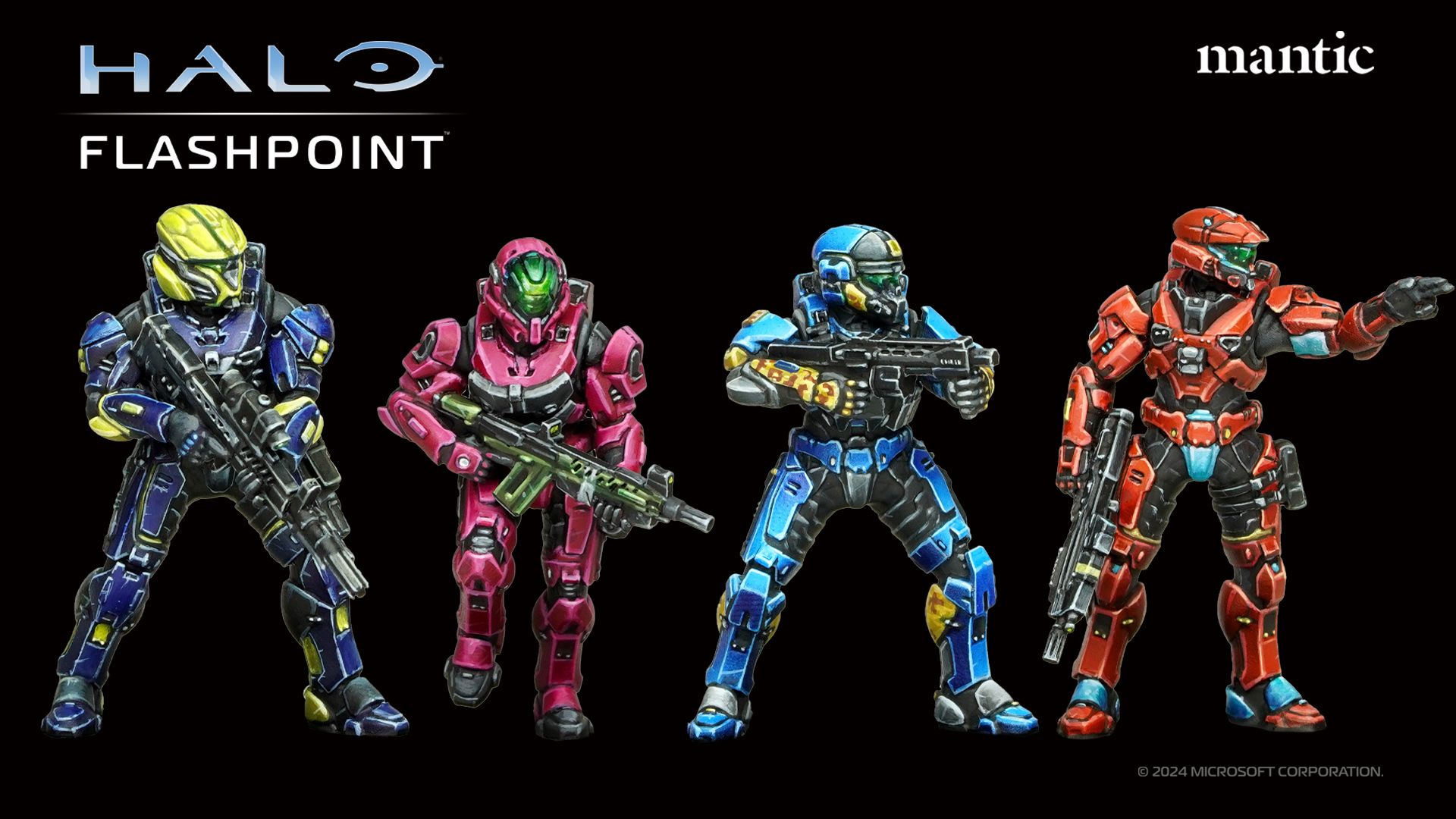
Note: The ORION programme contains one of my absolute favourite retcons in the Halo universe, with the legendary Sergeant Avery Johnson, written into Halo: Combat Evolved as a classic drill sergeant archetype. A man so loved by the community (and the writers) that his beautiful, perfect death, was turned into a miraculous escape, and his backstory upgraded to being one of the original ORION soldiers.
ORION led the way for further experimentation with creating super soldiers, exposing key flaws – the age of soldiers undergoing the procedure, their potential to develop rebel sympathies and mixed effects from augmentation. Next time ONI would run a super soldier programme, things would go differently.
Enter the Spartans
By the dawn of the 26th century, the Insurrection was spreading out of control and ONI turned back to the Carver Findings. Conventional military deployments were not working. The problem presented by the insurrection led a young scientist, Dr Catherine Halsey, to present her projections for the likely path of further conflict to ONI who agreed that something – anything – had to be done.
With ORION showing a potential path forward, a second generation of ORION supersoldiers was commissioned, eventually to become known as the SPARTAN-II programme, retroactively making ORION into SPARTAN-I. This time, recruitment would begin much earlier, with 75 genetically screened children kidnapped from the Outer Colonies by ONI agents and subjected to a rigorous training programme designed to turn them into the idealised soldier. Stripped of personality, identity and whatever futures they had, the children would become known only by their first names and identifiers – Kelly-087, Fhajad-084, John-117.
I’ll not go into huge detail on the training and augmentation of the SPARTAN-IIs because if you want to really get into it, go read Fall of Reach by Eric Nylund. For a long time the only Halo novel worth reading, it’s a good look at the process by which 75 six year olds are brutally brainwashed, taught, trained and beaten into 31 examplars of human military and biological ingenuity.
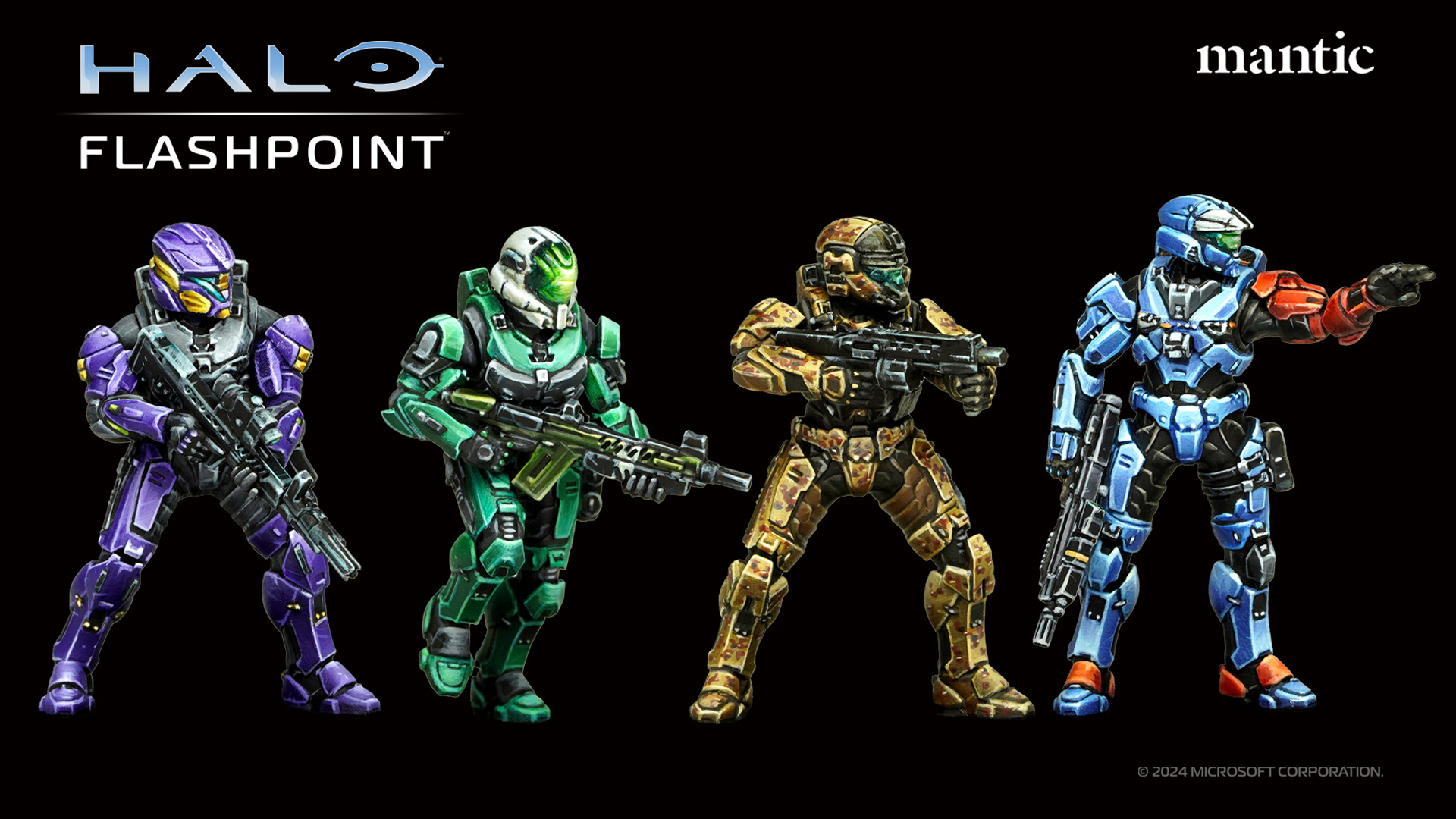
Note: The early training of the SPARTAN-IIs owes a lot to Orson Scott Card’s Ender’s Game, not just in the holo-training and brainwashing of kids but in the super-soldier as a defence of Western Colonialism. Halo itself, developed in the late 90s, has a lot of this kind of theming – end of history, hegemon and empire, with the exceptional western man as the bulwark of human civilisation.
After eight years of training, where the SPARTAN-IIs consistently showed superhuman strength, speed, agility, cooperation and intelligence, the first test deployment came with Operation: TALON, the abduction of insurrectionist leader Colonel Watts. A five-soldier fireteam under Petty Officer Third Class John-117 is assembled, inserted and…. incredibly successful. Even at 14, the SPARTAN-IIs are incredible soldiers. Faster and stronger than unaugmented opposition, they even manage to successfully justify mass civilian casualties in order to excecute their mission. With Dr Halsey under fire for her deeply unethical (and extremely expensive) process, success in combat justifies everything. Victory against the Insurrectionists seems, if not assured, then at least pretty likely. Unfortunately, they’re not the only threat to the UNSC out their in the deep black.
Covenant
The beginning of the Human-Covenant war marks the transformation of the SPARTAN-IIs from damn good soliders into FPS videogame protagonists. With the Covenant busy glassing human planets and almost utterly undefeatable in open combat, Halsey and her team united their two projects – supersoldiers and the armour to equip them. The development and evolution of MJOLNIR powered armour is probably an article on it’s own, but suffice to say that after years of development, the MJOLNIR powered armour Mark IV was the perfect complement to the SPARTAN-IIs. A powered, armoured exoskeleton able to boost already heightened strength, speed and reflexes to impossible levels, it fit the Spartans like a second skin, and was immediately put to the test over Chi Ceti IV, where the testing facility holding the armour was assaulted by the Covenant. The skirmish saw the first Spartan to fall in battle – Sam-034, left behind to detonate a nuclear warhead in the heart of the Covenant Cruiser Unrelenting. But sticking a SPARTAN into MJOLNIR wasn’t the be all and end all of the programme. To push the twin projects to their next level, and provide the key to ending both the Insurrection and the Human-Covenant war, Halsey added AI. Cortana was the first AI to be paired with a SPARTAN – our own John-117, of course – and the combination of the two proved to be an impossible force, pretty perfect for an FPS where you play what could essentially be described as “just the most powerful guy ever”.
From then on, Spartans would be thrown into battle after battle against the Covenant, a relentless pace of combat that would see them forged into effective fire teams (Blue Team, John-117’s own, would fight as a unit throughout) and slowly winnowed down as repeated conflict took it’s toll. Spartans, however, never die. Throughout the Human-Covenant War, a Spartan would never be marked down as Killed In Action, preserving the spreading myth of invincibility through the UNSC.
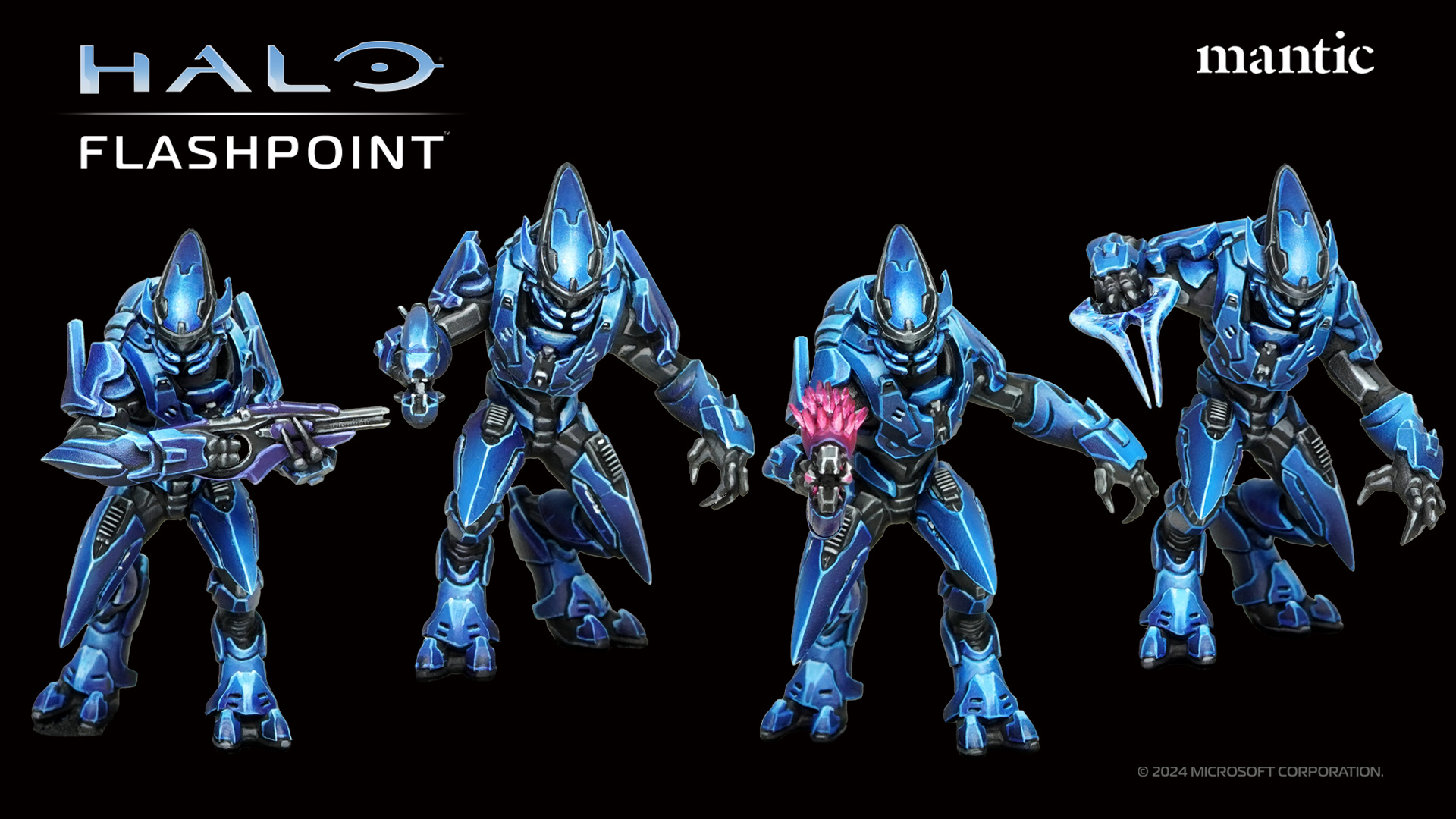
By 2552, after nearly 30 years of operations, few of the SPARTANS remained, and those that did were recalled to the defence of Reach, a massive UNSC naval base, training facility and last line of defence before Earth. There, one by one, they would fall defending the planet – aided and abetted by their slightly lesser compatriots in the SPARTAN-III programme.
Note: Exactly how many SPARTAN-IIs survived Reach (and that SPARTAN-IIIs were there at all) is a bit of clever retconning. In the early days of Halo lore, John-117, now the Master Chief, and one other SPARTAN-II (possibly Kelly, remind me in the comments please!) were the only ones that made it out. We can meet – and fight alongside – a SPARTAN-II on Reach in the form of Jorge-052, one of “Noble Team” and everyone’s best friend in the game.
Since the Fall of Reach established that only the Chief made it off planet, successive novels and retcons have consistently added more and more surviving SPARTAN-IIs. Whether through shady redeployments (Kurt-051), Cryosleep (Red Team), getting a bit lost (Grey Team) or being stuck in a Dyson Sphere (Kelly-087), a grand total of 16 SPARTAN-IIs survived the war. I am absolutely sure the necessity of game plots in the future, or just someone wanting to write another novel with a badass in it, will unearth more. John-117, of course, soldiers on. Lucky that they’re never marked down as KIA, isn’t it?
Little Brothers and Sisters
The success of the SPARTAN-II programme was undeniable. With humanity reeling from the unstoppable Covenant assault though, the 30-something “healthy” soldiers produced through years of painstaking training, genetic enhancement and vastly expensive armour projects were merely slowing the tide, not turning it. ONI needed a new generation of Spartans, beginning the SPARTAN-III programme under typically ethically dubious grounds.
The SPARTAN-III programme was the brainchild of Colonel Ackerson, rival to Dr Halsey and general shady arsehole. It operated under the aegis of ONI’s Beta-5 division, home to the blackest of black ops. Instead of painstakingly training and brainwashing a genetically screened 6 year old into the perfect super-soldider, the SPARTAN-III programme aimed for volume, recruiting war orphans with the promise of revenge and putting them through a significantly harsher compressed training programme in cohorts of several hundred. The SPARTAN-IIIs were trained by SPARTAN-II Kurt-051, thrust through a four year training programme and augmented through crash-speed experimental procedures. The first cohort was sent into combat – without MJOLNIR, only semi-powered armour – in 2536, fighting the Covenant over nine months of campaigning before all being killed in Operation: PROMETHEUS. ONI thinks “job done” and gets on training the next cohorts, Beta company (lost almost to a soldier in 2545) and Gamma Company.
Note: Ok, the Ghosts of Onyx novel is also pretty good, check it out. It’s got a lot of SPARTAN-III action.

While most SPARTAN-IIIs were used in high-risk, high-casualty operations where success was necessary but survival was not, some were split off or seconded to other arms of the UNSC. Experienced SPARTAN-IIIs went on to form assassination teams to disrupt Covenant Operations. Others were equipped with upgraded MJOLNIR armour, stepping out of suicide missions into the kind of hard-fought, must-win operations carried out by the SPARTAN-IIs. Many of these assisted in the Battle of Reach, most notably with Noble Team, where Spartan-B312 is judged to be the only SPARTAN-III as good as John-117. Unsurprisingly, the player character for Halo: Reach.
Reorganisation
Even as one SPARTAN-II brought the Covenant war to an end pretty much single-handedly (with help from Halo’s best character – will leave that to your imaginations there), the UNSC continued to focus on new generations of super soldier to prosecute the conflict. With the SPARTAN-III programme effective, though costly and ethically dubious, one of the “washout” candidates from the SPARTAN-II programme began working on a new and improved version. Musa-095 had been passed out of the SPARTAN-II programme after the augmentation process left him permanently physically disabled, leaving a genius without much to do. He initiated the SPARTAN-IV programme in order to provide a new wave of soldiers capable of defending humanity, though this time under an independent command rather than operating at the whim of various ONI representatives.
SPARTAN-IVs represent the current pinnacle of human biological and technological engineering. Though individually weaker than SPARTAN-IIs, training and augmentation processes are substantially more effective, leading to larger cohorts and ongoing operations. Adult volunteers for the process have replaced kidnapped children, and any shortfall in performance created by post-pubescent augmentation is more than compensated for by MOJLNIR Generation 2 (and 3), a substantially improved and upgraded Spartan armour.
Note: It’s nice for game writers to have Adult Volunteers taking up roles as the new Spartans. It means you can have almost-as-good-as-the-chief protagonists in new games (Spartan Locke in Halo 5), and cast them with celebrity voices (Locke is Mike Colter, Jennifer Hale as Sarah Palmer), or even bring back celebrity VAs you’ve cast in other games but this time they’re Spartans (former ODST Buck/Nathan Fillion). Even MJOLNIR Mark 2 is pretty handy – a good, in-universe explanation for the increasingly Gundam-esque multiplayer cosmetic options in games from Halo 4 onwards.
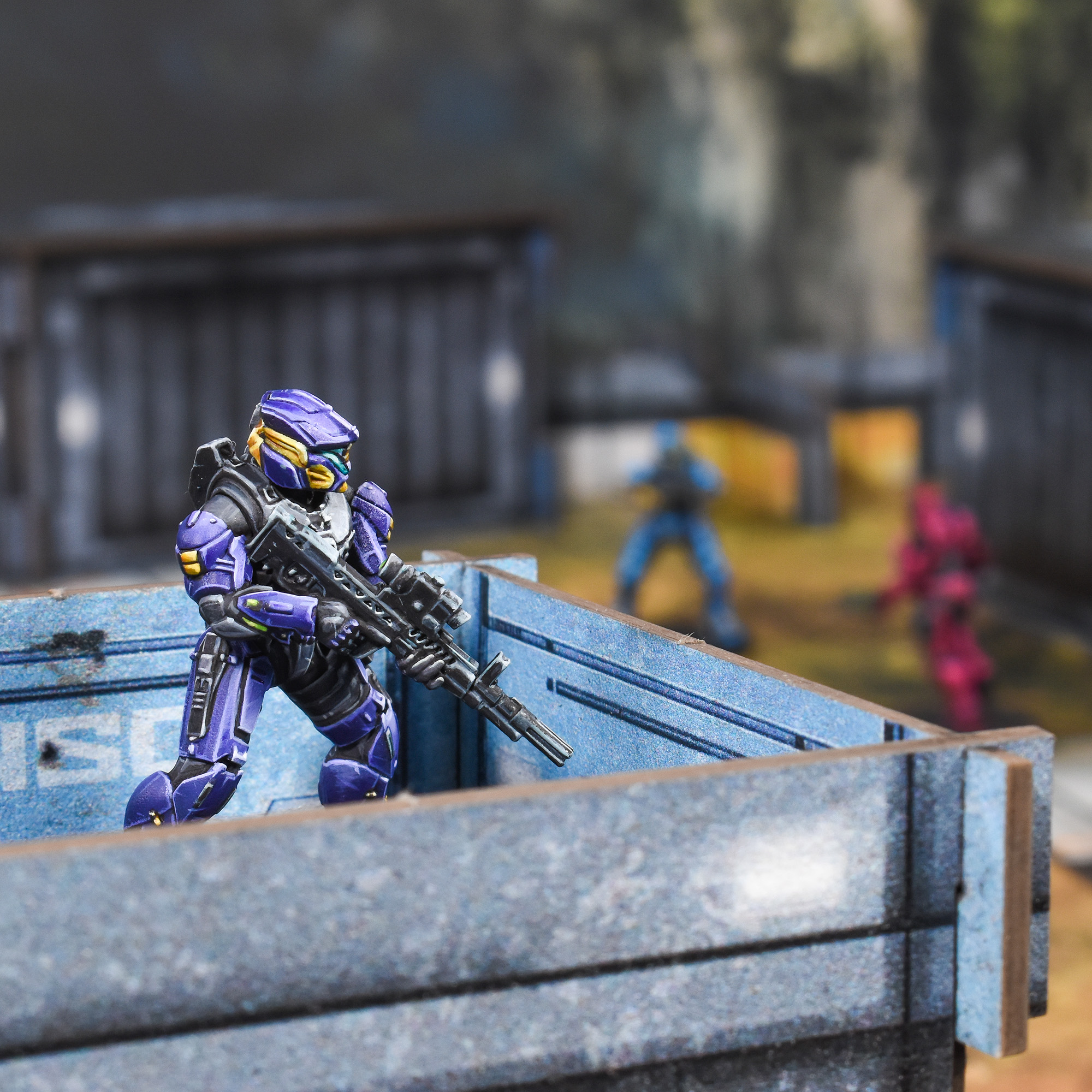
You’ve played as or encountered SPARTAN-IVs in every Halo game from Halo 4 onwards – most likely in Spartan Ops, the in-universe explanation for multiplayer coop and competitive modes. It’s also where you’ll find the majority of Mantic’s announced HALO:Flashpoint models, and game play, so if you’re thinking “being a supersoldier just might be for me now that it’s voluntary and the death rate isn’t so high” you know where to start!
In the current year of the Halo universe timeline, SPARTAN-IVs are concentrated under the command of Spartan Operations, which seeds humanity’s new wave of war-and-exploratory ships with hundreds of highly capable supersoldiers, there to defend, expand and consolidate humanity’s interstellar empire.
Have any questions or feedback? Drop us a note in the comments below or email us at contact@goonhammer.com. Want articles like this linked in your inbox every Monday morning? Sign up for our newsletter. And don’t forget that you can support us on Patreon for backer rewards like early video content, Administratum access, an ad-free experience on our website and more.
